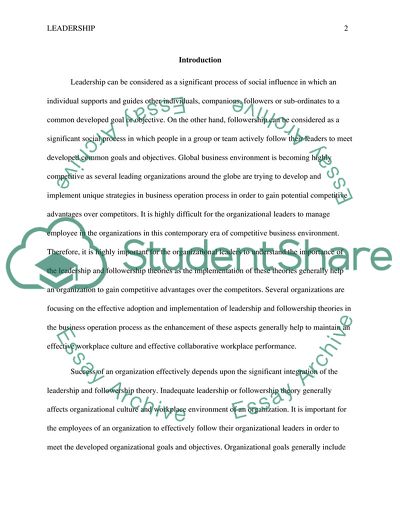Cite this document
(“Implicit Leadership Theories Research Paper Example | Topics and Well Written Essays - 3750 words - 1”, n.d.)
Implicit Leadership Theories Research Paper Example | Topics and Well Written Essays - 3750 words - 1. Retrieved from https://studentshare.org/sociology/1851032-leadership
Implicit Leadership Theories Research Paper Example | Topics and Well Written Essays - 3750 words - 1. Retrieved from https://studentshare.org/sociology/1851032-leadership
(Implicit Leadership Theories Research Paper Example | Topics and Well Written Essays - 3750 Words - 1)
Implicit Leadership Theories Research Paper Example | Topics and Well Written Essays - 3750 Words - 1. https://studentshare.org/sociology/1851032-leadership.
Implicit Leadership Theories Research Paper Example | Topics and Well Written Essays - 3750 Words - 1. https://studentshare.org/sociology/1851032-leadership.
“Implicit Leadership Theories Research Paper Example | Topics and Well Written Essays - 3750 Words - 1”, n.d. https://studentshare.org/sociology/1851032-leadership.


